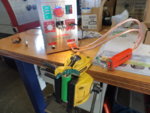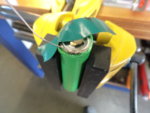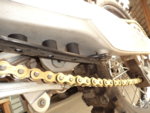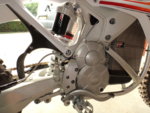Brillie35
Make Alta Great Again
- Likes
- 135
- Location
- Netherlands
Well checked out this video.
seems all doable.
Just to check i have everything needed for remounting the pack.
I need this?
https://www.amazon.com/gp/product/B002CXGSKY/?tag=sce0f-20
McMaster-Carr
And some thermal guide past for in between the modules.
Anything else?
Just to check i have everything needed for remounting the pack.
I need this?
https://www.amazon.com/gp/product/B002CXGSKY/?tag=sce0f-20
McMaster-Carr
And some thermal guide past for in between the modules.
Anything else?








